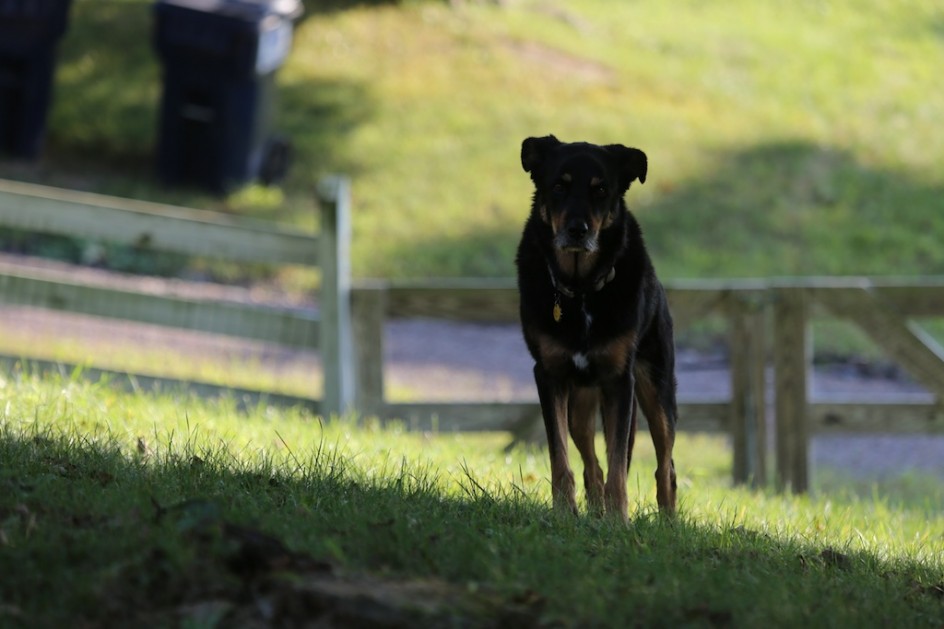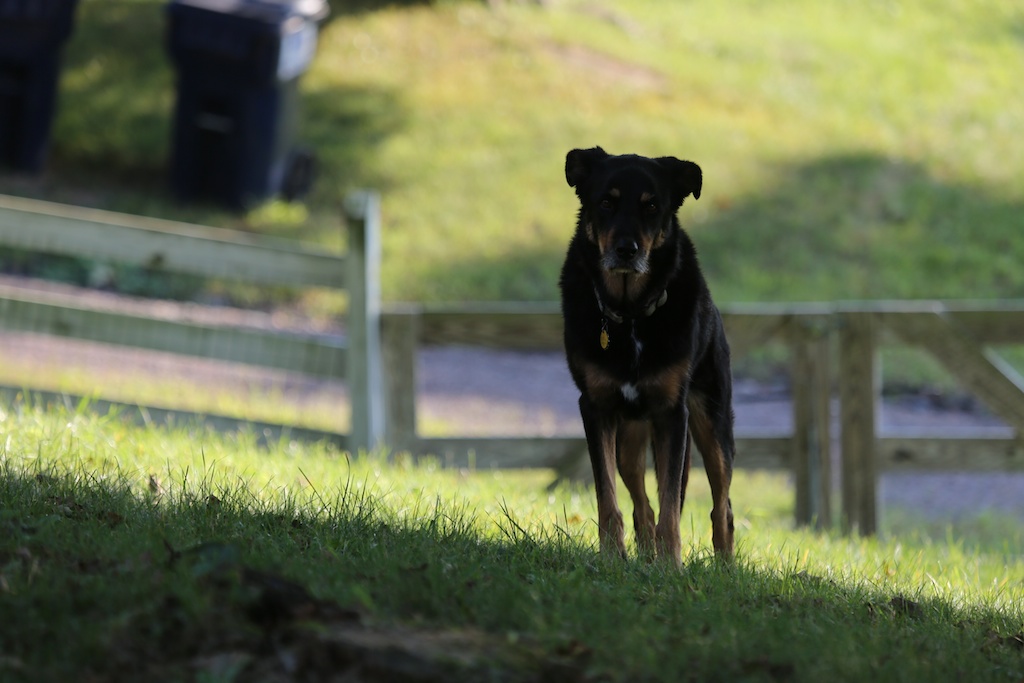
In 1940, the essayist and dog lover E.B.White wrote that the problems of caring for dogs had become unnecessary complicated. He focused specifically on housebreaking puppies. In the suburbia of which he wrote, he said the question of housebreaking a dog was meet with the simple bold courage characteristic of our forefathers. You simply kept the house away from the puppy. This was not only the simplest way, he wrote, but the most practical. Our parents and grandparents, he added, were in possession of a vital secret that has been lost in time in the animal-loving world.
This secret was the knowledge that a puppy will live and thrive without ever crossing the threshold of a human home, at least until he’s big enough so that he doesn’t wet the carpet. What simple and wise words a half-century ago. White could not possibly have imagined how complex, emotional, expensive and time-consuming training and living with a dog has become. Dogs are a multi-billion dollar industry and a good chunk of the profits come from expensive training books. Even back on the cusp of World War II, Write observed that dog trainers, like the writers of all dog books almost universally assume that the owner of a puppy has little else to do in life than own the puppy. Maybe some of you have time to follow those puppy-training procedures. I do not.
I was reading through the puppy section of one of America’s most popular dog training books – it is as thick as a phone book – it has 10 pages on introducing the puppy to the backyard of your house before he even gets inside. And then whole chapters on looking at the puppy, voice inflections, appropriate treats, confinement and body language (the human’s).
My father brought our dog King home from the shelter and put him in the basement with a newspaper-lined cardboard box. He kept him there until he went outside regularly, which took about a week and a half. After that, he got to sleep in the basement on a sheet instead of newspaper. This would be considered cold-blooded, even abusive today (also, there was nothing buy), and King would be considered a good candidate for rescue. We had a lot of dogs when I was a kid, and none of them ever had an accident in the house or had their elimination patterns considered for a milli-second.
There is something to White’s observation. This is why I am writing a book (an e-book) about the dilemma of dog training in America, because it seems to me the whole idea of training has grown unbelievably complex, detailed, fraught-written, and disempowering. We all think that only the gurus know how to housebreak a dog but people did it for thousands of years without having to buy expensive books and manuals. White’s observation about puppies is a wonderful metaphor for what I think is the upside-down ethos of dog training in America. First we buy the big book or watch the TV and try to do what the gurus and entertainers do. When we can’t, we conclude that we are dumb and we give up. Or that dog training, like book writing, is some complex and agonizing secret process. For me, it works the other way. I get to know the dog and conjure up my own training ideas and methods, and if I get stuck, then I will take a look at the training books.
But to be honest, I haven’t had to do that in years. I’ve just read a few as research for my training e-book, out in a couple of months. I am not much impressed. Most of what I read I can’t do for various reasons – time, patience, money, focus. I am grateful, as always, to E.B. White, for his wit and grace at saying important things so simply and with such good humor.
I believe the best trainer of any dog is the human that owns him or her. Instead of smothering dog lovers in elaborate books and methods – I do not make a good pack leader – it seems to me that training ought to empower them to learn the joy of training their dogs themselves.

